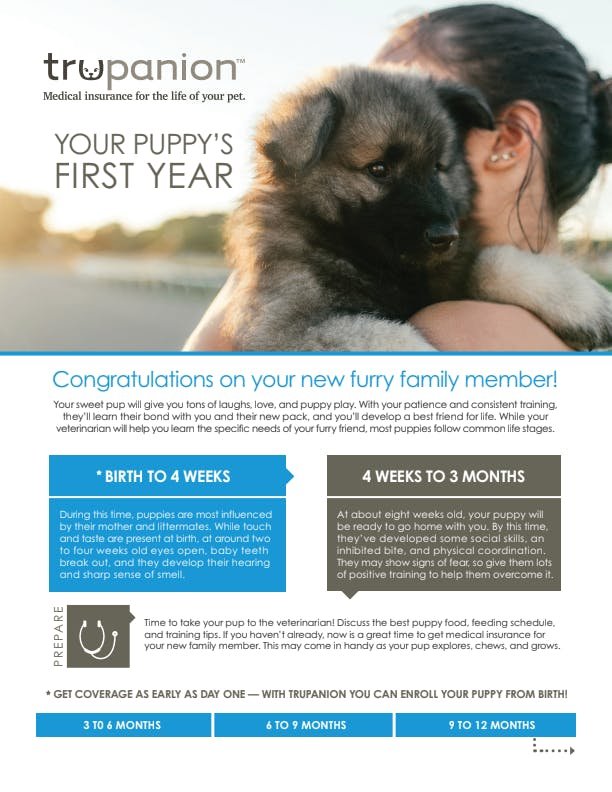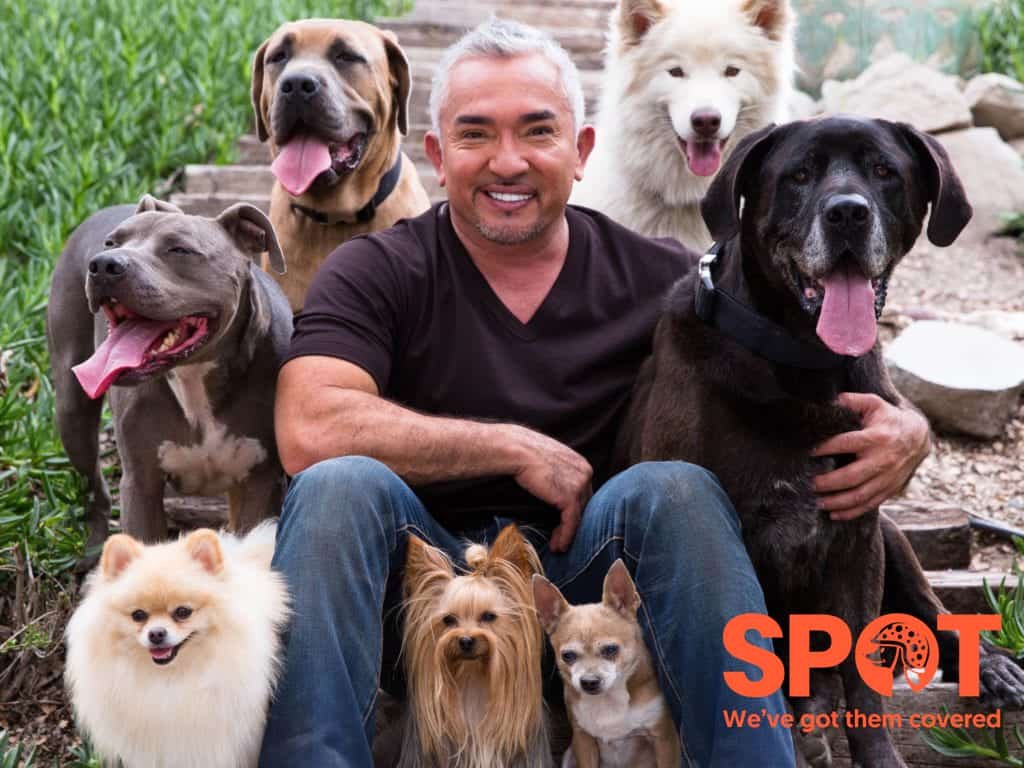Pupppy care checklist
Print Checklist
Greetings responsible pet owners! Are you excited to meet your new puppy? Of course, you are! Before you do, please remember to read and follow the puppy care checklist below for a safe and healthy transition. Here are the things you need to purchase and do before, on, and after the pickup.
What to purchase before receiving your puppy:
– Purchase the Royal Canine Puppy starter food for the baby dog. It’s ideal to keep your puppy on this dry food until at least 12 months of age. Make sure that it’s the bag says small/petit on the package, as it’s very important to get the exact same food. Small/Petit
– Purchase Little Cesars moist food for the baby dog.
–You can purchase chicken or boil it at home in the microwave and serve it on top of your puppy's food for the first four weeks. This encourages them to eat, as tiny puppies cannot skip meals; doing so can lead to hypoglycemia, which is a life-threatening condition. Regular meals are crucial for maintaining their health and energy levels. If your puppy does not eat, please call us immediately for assistance.
– Purchase Tricky Treats (soft treats for tiny puppies), and keep in mind that they love the chicken liver-flavored ones. Treats play an important role in training, as the right treats can make training your puppy much easier.
Purchase an open-air playpen, a plastic crate, and a comfortable sleeping pad.
– Purchase a shallow food and water bowl, keeping in consideration that your puppy is tiny and needs to reach his/her food. You’ll need a bowl for food and one for water.
– Purchase training pee pads with the base, and use an odor attractant spray on them.
– Purchase puppy wipes.
– Purchase Nutrical, and give it twice daily after meals (half the size of a dime) for the first month. It’s always good to have Nutrical available at all times, as it helps control your puppy’s blood sugar level. Give it twice daily (once in the morning and once before bed after each meal) for at least a month period after receiving your puppy. If your puppy is not eating well, give a dab of Nutrical. For Pomeranian, Poodle, Yorkshire Terrier, and Maltese, Chihuahuas and tiny breeds.
– Purchase real maple syrup. Some puppies do not like Nutrical and prefer maple syrup, so it’s good to have both available. For Pomeranian, Poodle, Yorkshire Terrier, and Maltese. This is good to have in case of an emergency.
– Purchase Royal Canine wet food . You can use the wet food if your puppy refuses to eat its dry food. Always check the expiry date, and it’s important to not give it at a cold temperature. Wait until the wet food reaches room temperature before feeding your puppy. Once you open the can of wet food, you need to refrigerate it.
On the pickup date:
– Feed your puppy as soon as you pick him/her up (3-4 tablespoons of dry food) every 4 hours for the first day, then switch back to 3 times daily on the second day, 2-3 tablespoons for each meal. You can give your puppy treats in between meals. It would be a great idea to wait 20-30 minutes after feeding your puppy before driving back home, as your puppy would need to do its business.
– Give a little dab (half the size of a dime) of Nutrical after each meal (twice daily). Rub it on your finger, and your puppy will lick it off (most puppies love it). If your puppy refuses to take the Nutrical, rub it on your puppy’s gums. You can also put maple syrup in your puppy’s water as an alternative. Give Nutrical if your puppy refuses to eat. For Pomeranian, Poodle and the small breeds.
Tips for Caring for Your New Puppy:
– Keep your puppy hydrated, but control their water intake. Ensue that the puppy always has water and use bottled water.
– Transport your puppy in a dog carrier (handbag) placed on the back seat during the drive home, with supervision. Bring pee pads and puppy wipes for convenience.
– Limit the number of people handling your puppy during the first few days. Your puppy needs at least three days of full rest, so keep them in an open-air playpen during this time. Only put them in the crate for bedtime, and provide a comfortable sleeping pad in both the crate and playpen. Keep a water dispenser attached to the crate where your puppy sleeps.
– Place pee pads in the playpen away from your puppy’s food and change them regularly.
– Let your puppy get plenty of rest.
– Always place the dog carrier on the ground before opening it to prevent your puppy from falling from a high surface. Excited puppies may jump out without realizing they are on a high surface.
– Allow your puppy to rest for three days at home before going out or having visitors.
After Receiving Your Puppy:
– Take your puppy to the vet for a general exam. Our puppies are examined by a licensed veterinarian before travel and receive a health certificate and proof of vaccination. We recommend taking your new puppy to the vet right after purchase.
– Use treats and praise to encourage your puppy to use the pee pad.
– Keep in contact with us and let us know how things are going. We are always here to help and answer your questions. Send us pictures.
– Above all, ensure that your puppy eats well, drinks plenty of water, and gets enough rest. Monitor their food intake closely during the first month, as this is a crucial time for adjustment to their new environment. It is up to you to make your puppy’s transition as smooth as possible.
– We strongly recommend that all puppy owners consider purchasing pet insurance. This is an important step in ensuring the health and well-being of your new furry family member. Having insurance can provide peace of mind and help cover unexpected veterinary costs. We recommend Trupanion
Puppy-Proofing Your Home:
– Do not feed your puppy table food.
– Store cleaning supplies and medications in high cabinets out of reach.
– Keep doors and windows closed at all times.
– Put away small items that pose choking hazards.
– Keep sharp objects out of reach.
– Secure trash cans.
– Move poisonous plants and chocolate out of reach.
Congratulations on your newest family member! May your precious puppy bring you joy and happiness.
-

TRUPANION
We’re available 24/7: 1-855.210.8749
From nose to tail, we’ve got your pet is covered:
Hereditary conditions your breed is prone to inheriting
Unidentified issues, even if your pet doesn't have an official diagnosis
Congenital conditions your pet developed before birth
-

SPOT PET INSURANCE
1.800.905.1595
Pet insurance covers your dog or cat in case of unexpected injuries or illnesses. With Spot plans, you can customize your coverage to best suit the needs of you and your pet.
-

LIBERTY MUTUAL
With multiple policy options, we offer customized pet insurance starting at less than $1 a day.
Plus, you can pick the deductible, annual maximum, and reimbursement amount that work for you.
TRUPANION
FAQs
Is pet insurance expensive?
Pet insurance costs can vary a lot based on things like your pet's breed, age, and health, plus the type of coverage you choose. Usually, pet insurance can be anywhere from $10 to $100 per month. Even though it might seem like an extra expense, it's important to think about the possible money stress if you have to pay for unexpected vet bills on your own. Those costs could be way more than the monthly insurance payment, especially if your pet gets seriously sick or hurt. So, having pet insurance can be a smart way to handle these situations without breaking the bank.
What Does Pet Insurance Cover and How Should You Choose?
How Should You Choose Pet Insurance?
Coverage Options: Assess the coverage offered by different plans. Look for policies that address your pet's specific needs, considering factors like breed, age, and potential health risks.
Deductibles and Premiums: Understand the deductible (the amount you pay before the insurance kicks in) and the premiums (monthly or yearly payments). Find a balance that suits your budget while ensuring adequate coverage.
Reimbursement Percentage: Determine the reimbursement percentage offered by the plan. This signifies the portion of covered expenses that the insurance will pay. Higher reimbursement percentages often come with higher premiums.
Exclusions and Limitations: Read the policy carefully to spot any exclusions or limitations. Some plans might not include pre-existing conditions or certain treatments, so it's important to be aware of these details.
The extent of your pet insurance policy’s coverage will depend on the provider and plan that you choose. When choosing a plan, coverage you may look for includes:
Preventative/wellness care
Hereditary conditions
Unexpected illnesses and injuries
Dental care
Diagnostic tests
Surgeries
Hospitalization
Medication
Supplements or prescription food
Behavioral therapy


